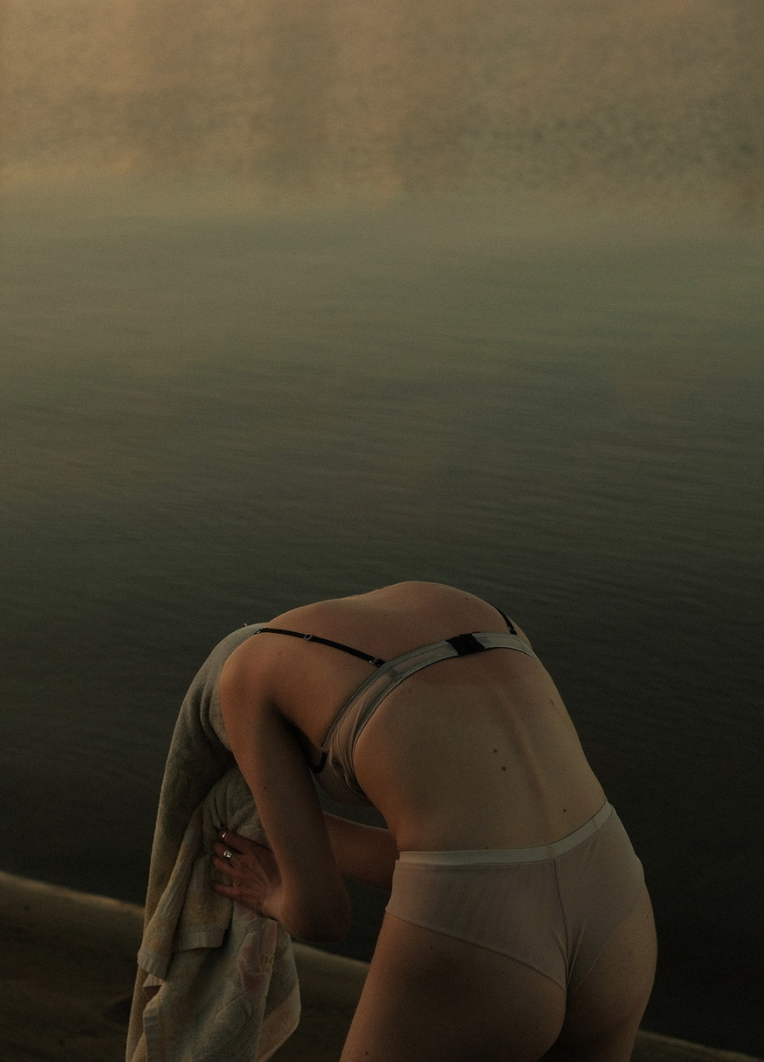Tuesday Reads: John Szarkowski
© Pixy Liao, For your eyes only.
“The photographer could not assemble these clues into a coherent narrative, he could only isolate the fragment, document it, and by doing so claim for it some special significance, a meaning which went beyond simple description. The compelling clarity with which a photograph recorded the trivial suggested that the subject had never before been properly seen, that it was in fact perhaps not trivial, but filled with undiscovered meaning. If photographs could not be read as stories, they could be read as symbols.”
Photography is, by nature, an act of selection. To deny it would imply denying its essence. Each and every person who ever found a camera in her hands has, at a point, faced the struggle about what had to be included in the photograph and what could be excluded. Such choice, over time, has led to a new radical approach to photography, a sort of rebellion against our wide-angled vision: photographic symbolism – namely, the act of focusing on a single fragment as a way to narrate a whole story.
© Thomas Lohr, Birds.
© Sven Kristian.
Though the term symbolism tends to sound quite pretentious and assuming, it has come to identify a photographic language which relies on the isolation of a single fragment to depict a narrative it cannot assemble in a single frame. Basically, the process behind the creation of such images is opposite to the one that occurs in the unfolding of reality: rather than a multitude of unnoticeable details contributing to a whole, a single trivial fragment becomes the only clue to imagine the bigger picture. And, in successful photographs, it magnificently does so, to the point of clearly immersing the viewer either in a state of mind, a cultural background, a political belief or a remote location.
© Walker Evans, Interior Detail, West Virginia Coal Miner's House.
As one can easily imagine, such process of highlighting the decisive detail – and exactly the one that best represents the whole – requires an ever complete awareness of the subject and a fine sensibility. In fact, the photographer has to face multiple steps towards the masterful use of symbolism. First of all, she must accept that photography operates through critical selection and fully embrace such procedure; in fact, most often, the photographs that resist to the test of time are those resulting from extreme courage in excluding all that is unnecessary for the narration. Secondly, she has to study the subject almost clinically, with the goal of summarising its essence through a list of feelings and fragrances. Almost as if she had to extract the juice of its subject by asking herself: “Where does its uniqueness lie?”.
© Sven Kristian.
© Alisa Calypso.
However, most photographers find the next step to be the most difficult one. It is now time to pause. To look at the list of feelings and dive into them head first, trying to experience them in first person, almost like an actor would. To taste the juice and find the most effective way to convey its taste to a person who cannot try it first-hand. The point is to find that symbol which minimises the differential between the potency of experiencing the whole (which cannot be photographed) and seeing the photograph. Ideally, one would describe the juice so well that the spectator can almost feel the sourness of the original fruit on her tongue.
© Sophie Gabrielle, BL_NK SP_CE.
By analysing the process, symbolism immediately loses any pretentious aftertaste and takes on another meaning. Far from being an abstraction, it becomes a highly effective and creative language to bypass one of the central characteristics of photography (many would define it as a shortcoming, many would not): its dealing with the actual. A characteristic which, according to Szarkowski, photographers must not only accept, but treasure. Once again, photographing boils down to treasuring the state of things, and perhaps that is exactly what makes it so fascinating.














